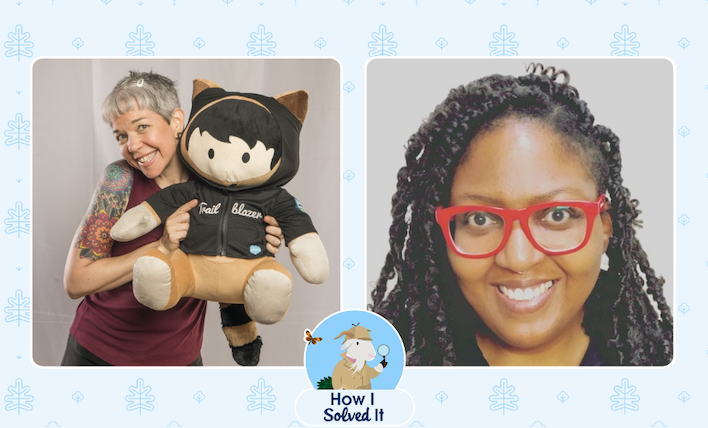Welcome to another post in the “How I Solved This” series. In this series, we do a deep dive into a specific business problem and share how one #AwesomeAdmin chose to solve it. Once you learn how they solved their specific problem, you’ll be inspired to try their solution yourself! Watch how Selina Choy was […]




 Once the applicant has been interviewed and qualified, the FBP team uses the Salesforce lead conversion process to create a contact, account, and opportunity.
Once the applicant has been interviewed and qualified, the FBP team uses the Salesforce lead conversion process to create a contact, account, and opportunity.







